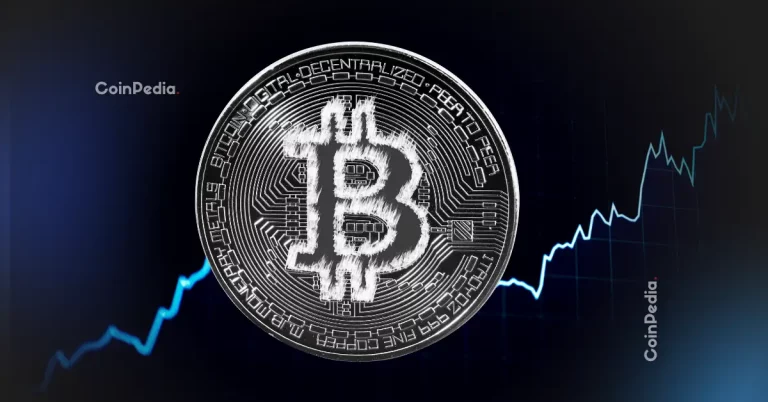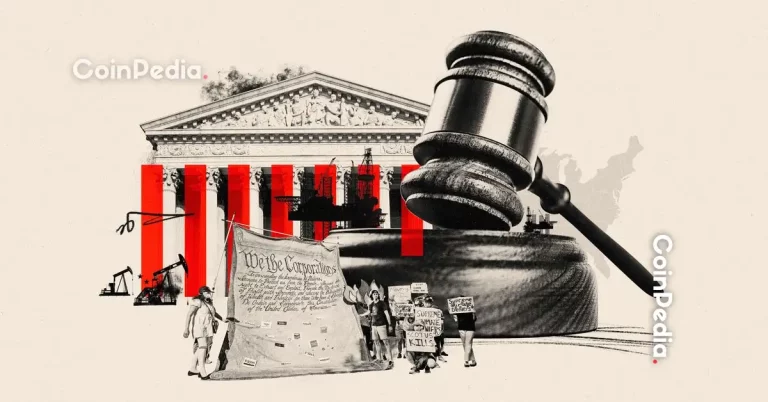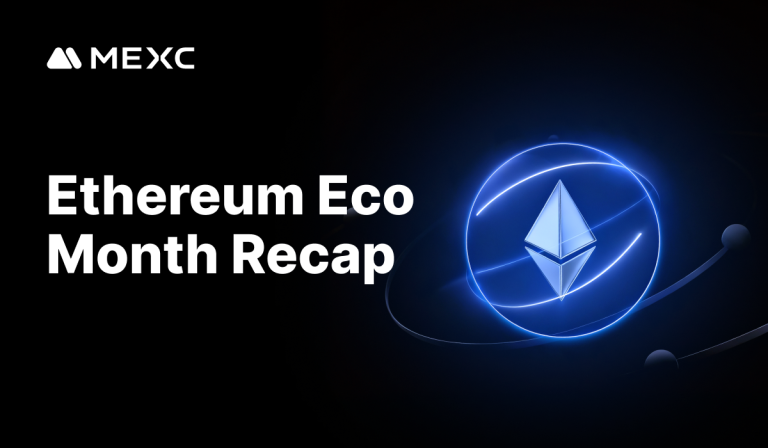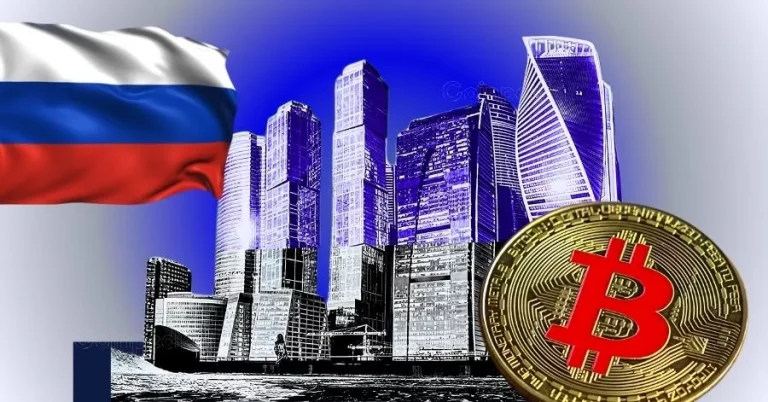
The cryptocurrency market recently witnessed a dramatic development as 92.6 million Ripple (XRP) tokens hit Coinbase amidst a period of significant market volatility. This large-scale transfer introduces short-term uncertainty for XRP’s price while testing the resilience of both traders and market dynamics.
Whale Transfers and Market Volatility
Large cryptocurrency transfers by so-called ‘whales’ often create immediate liquidity pressures. Whales, who hold significant amounts of a given asset, typically shift tokens to exchanges when preparing to reallocate, hedge, or mitigate risk. This movement, particularly during a bearish market cycle, amplifies volatility and raises concerns about market stability.
Such transfers can also increase the likelihood of order book imbalances. If buyers fail to absorb the influx of tokens, XRP’s price could face further bearish pressure. However, determining whether these whale movements signal strategic redistribution or outright selling requires deeper market analysis.
Exchange Reserves and Buyer Behavior
Despite the whale transfer, XRP’s exchange reserves declined nearly 9% at the time of reporting. Typically, a drop in exchange reserves signals accumulation behavior as confident traders withdraw tokens from exchanges, reducing the asset’s availability for immediate selling. This trend, often observed in corrective markets, may offer structural support against downside pressure.
Additionally, strong taker buy dominance reflects buyers actively lifting sell orders in a bearish environment. Over the last 90 days, XRP has shown continuous buyer aggression, which can soften downward momentum amidst volatility. This resilience is unusual during market crashes, where fear often drives buyers to retreat.
NVT Ratio and Market Sentiments
As XRP’s NVT (Network Value to Transactions) ratio surged over 11%, concerns about potential overvaluation surfaced. During crashes, elevated NVT readings often indicate price imbalances relative to transaction activity, potentially signaling overbought conditions. However, this spike may also represent an accumulation phase, urging caution without confirming bearish outcomes.
Leverage and Open Interest Trends
Open Interest (OI), which measures the number of outstanding leveraged positions, dropped over 13% during the market’s volatility peak. This contraction highlights traders’ shift toward caution as they unwind leveraged positions. While decreased OI generally stabilizes prices by reducing unnecessary volatility, it also limits speculative growth and strong directional movements. A rebound in OI could signify renewed confidence and market recovery.
XRP Outlook: Stability vs. Volatility
All key indicators suggest that XRP stands at a pivotal moment. While the whale inflow creates immediate supply-side pressure, supportive factors—such as declining exchange reserves, a resilient buyer base, and reduced leverage—provide a counterbalance. Traders and investors are now closely monitoring whether XRP can establish a defensive price floor or succumb to bearish external forces.
For crypto enthusiasts seeking to monitor XRP price movements and navigate volatile markets, tools like Coinbase or XRP-compatible wallets are excellent resources for staying informed and managing transactions effectively.




